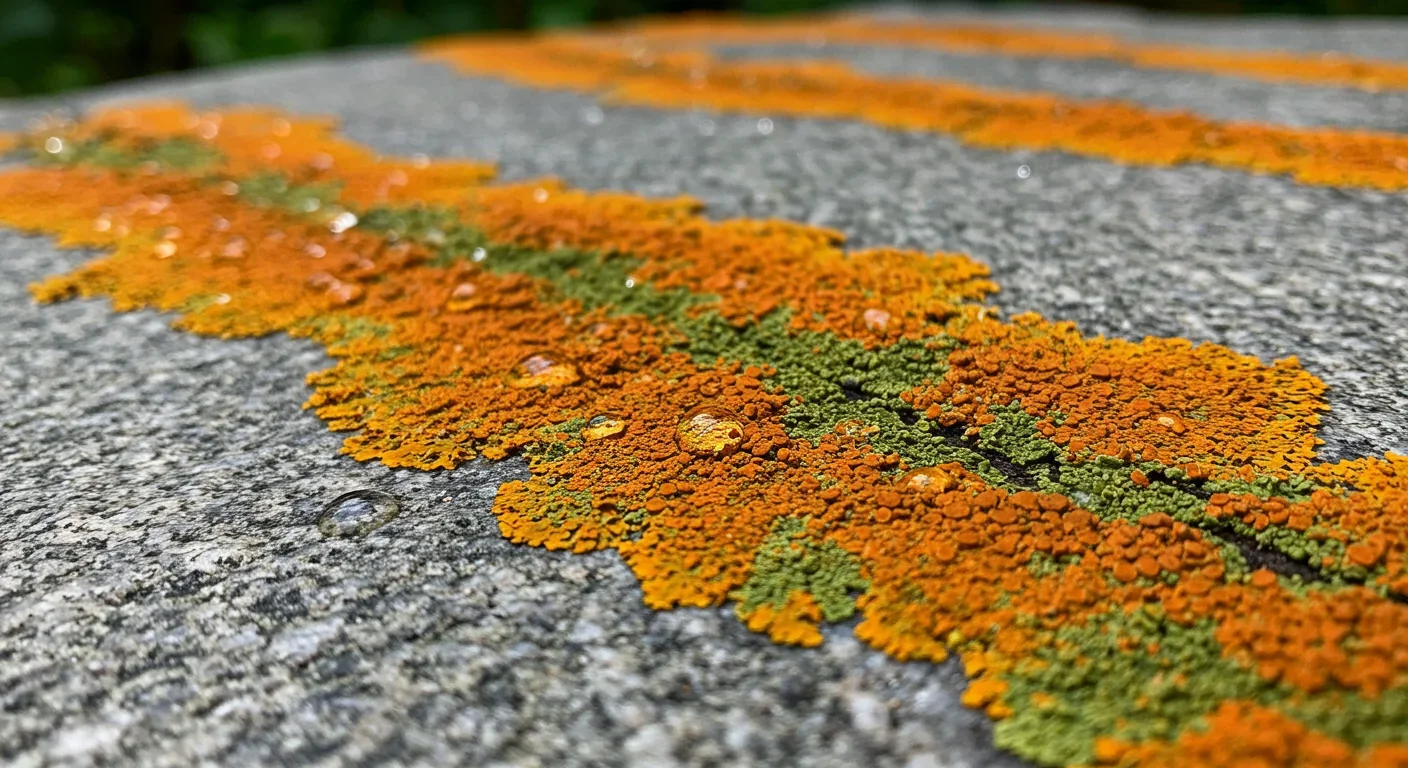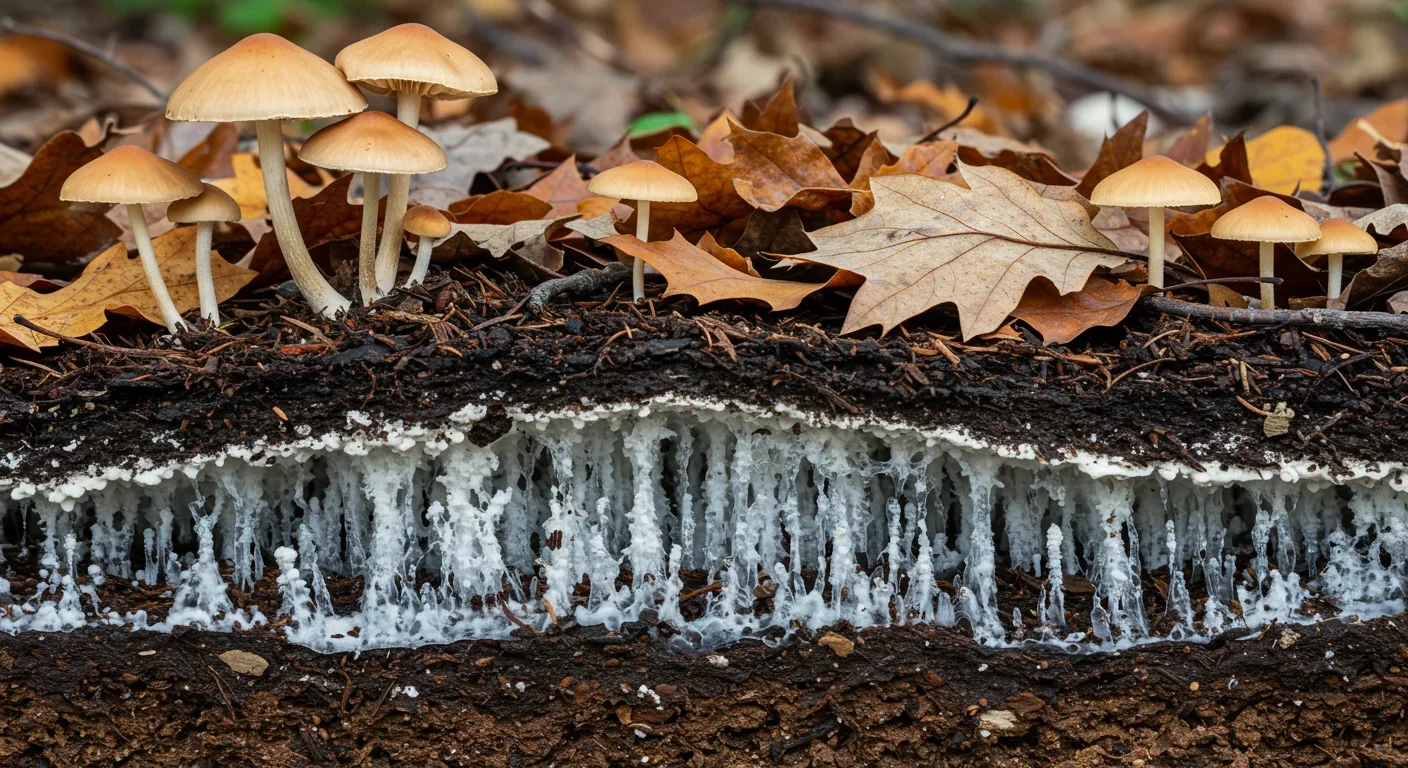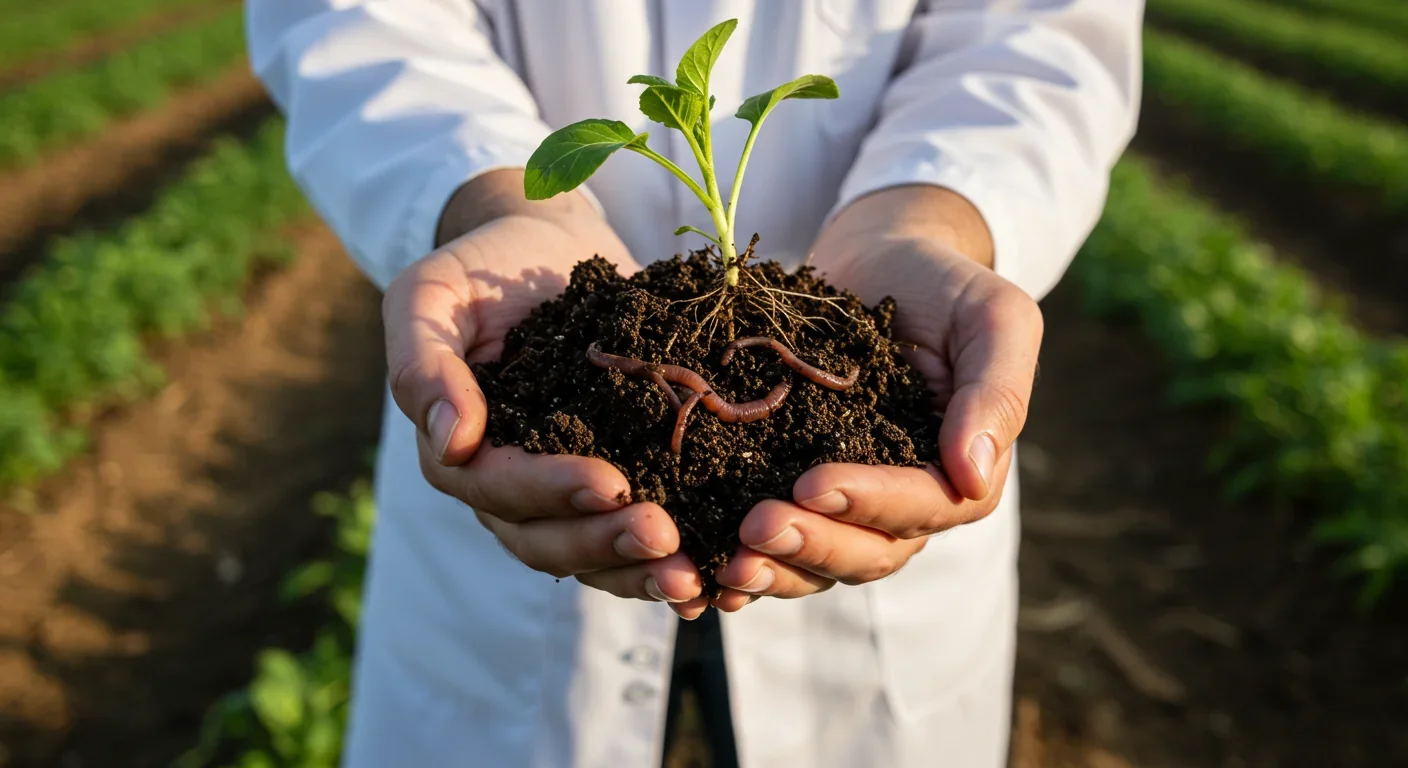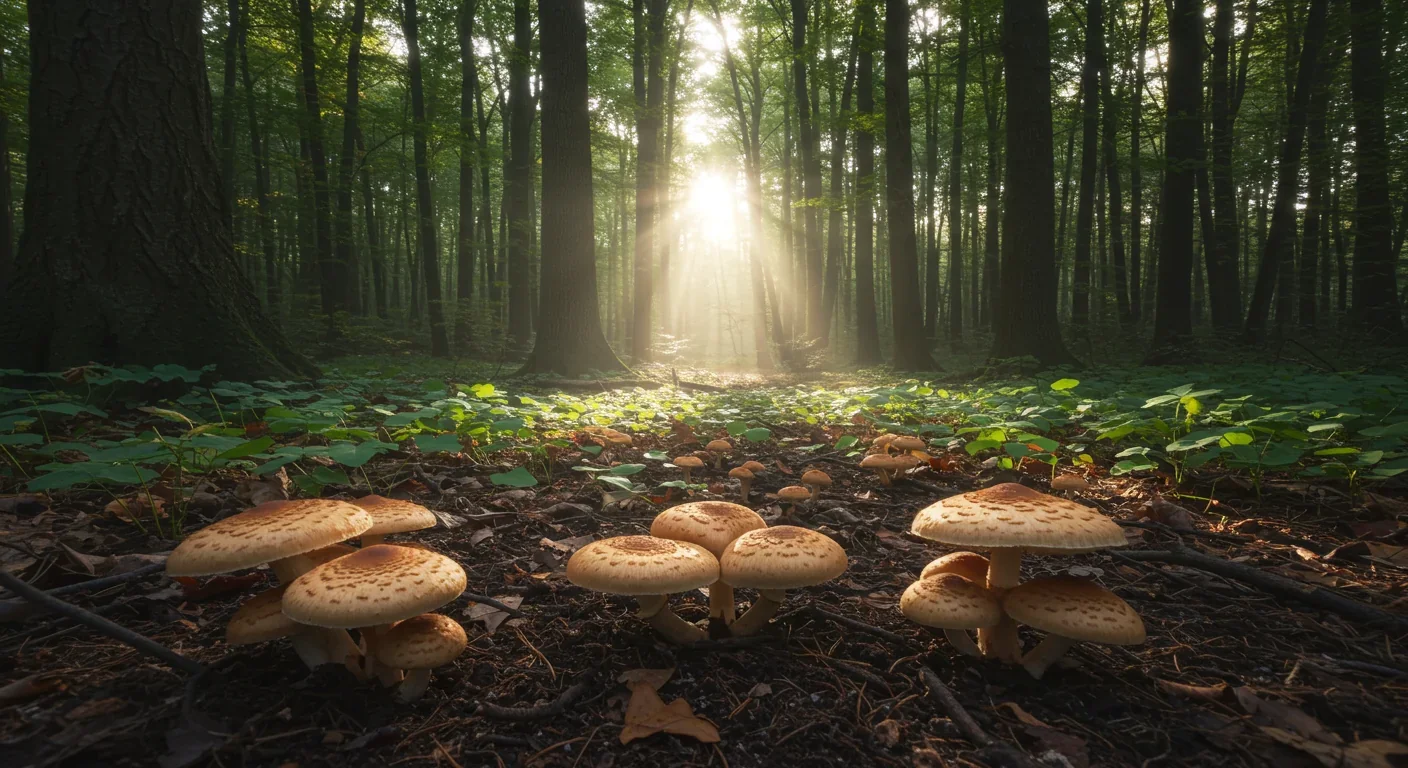Symbiotic Partnerships: How Tiny Organisms Power Ecosystems
Beneath our feet, microscopic partnerships between fungi, bacteria, and their hosts sustain all ecosystems—from forests connected by fungal internet cables to coral reefs worth $2.7 trillion annually. These ancient symbioses fix nitrogen, cycle nutrients, and enable life itself, yet climate change and human activity are disrupting them at catastrophic scales. The good news: innovative restoration techniques, dual-inoculation farming strategies, and new conservation frameworks offer pathways t...




